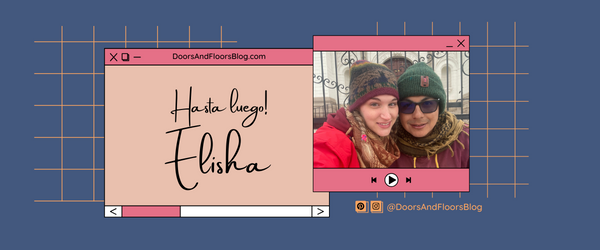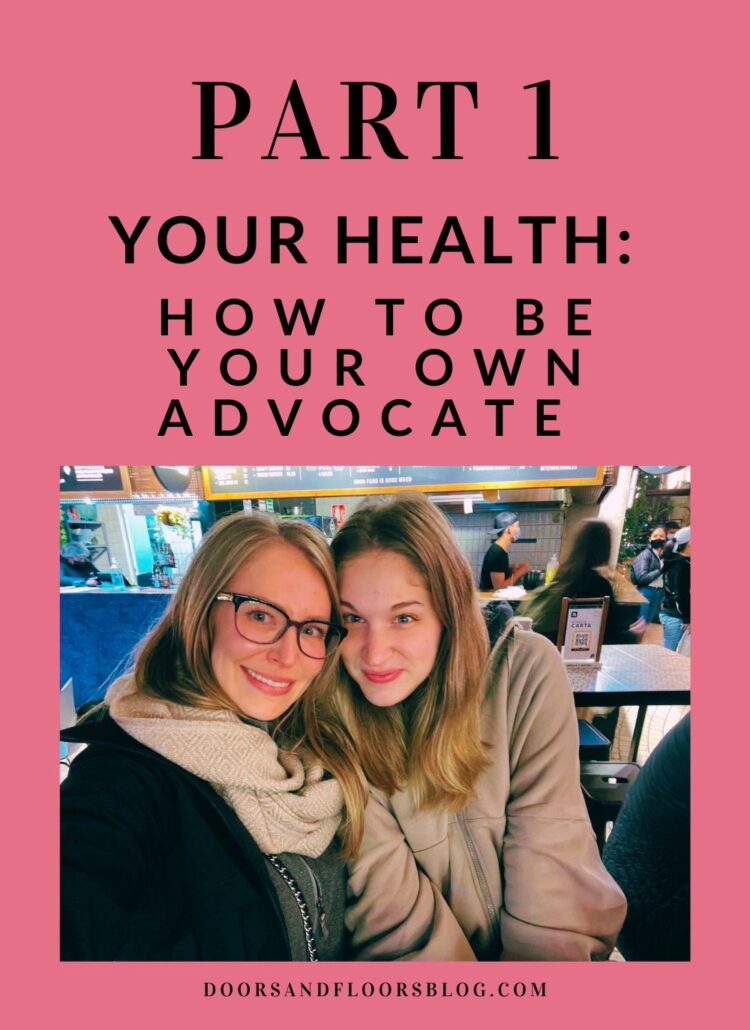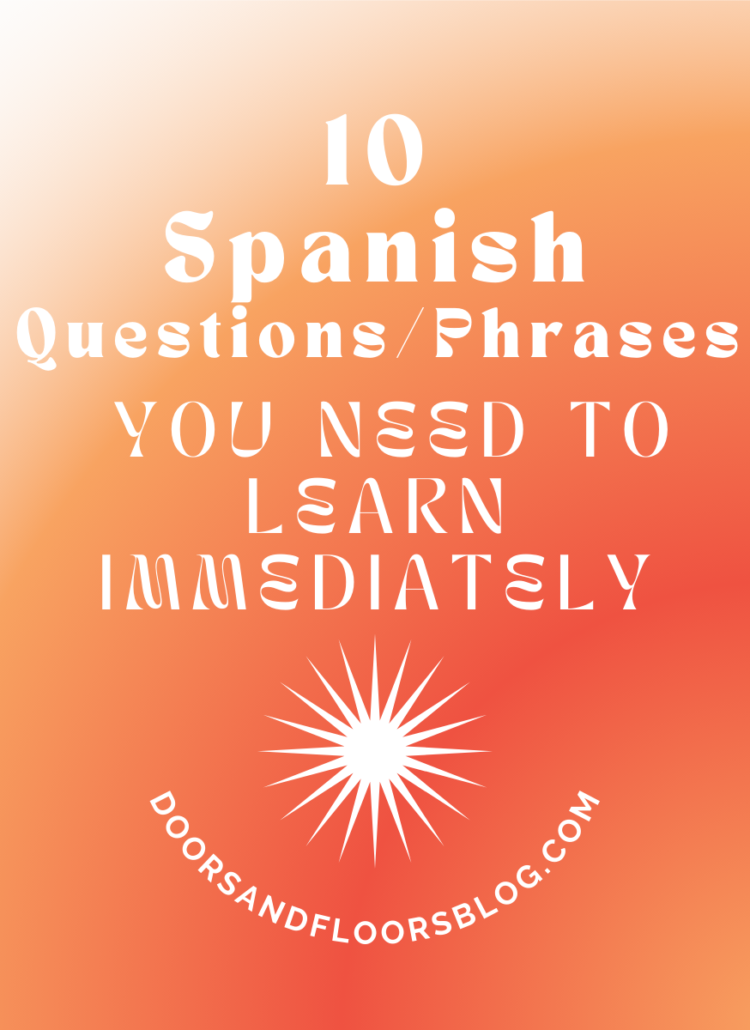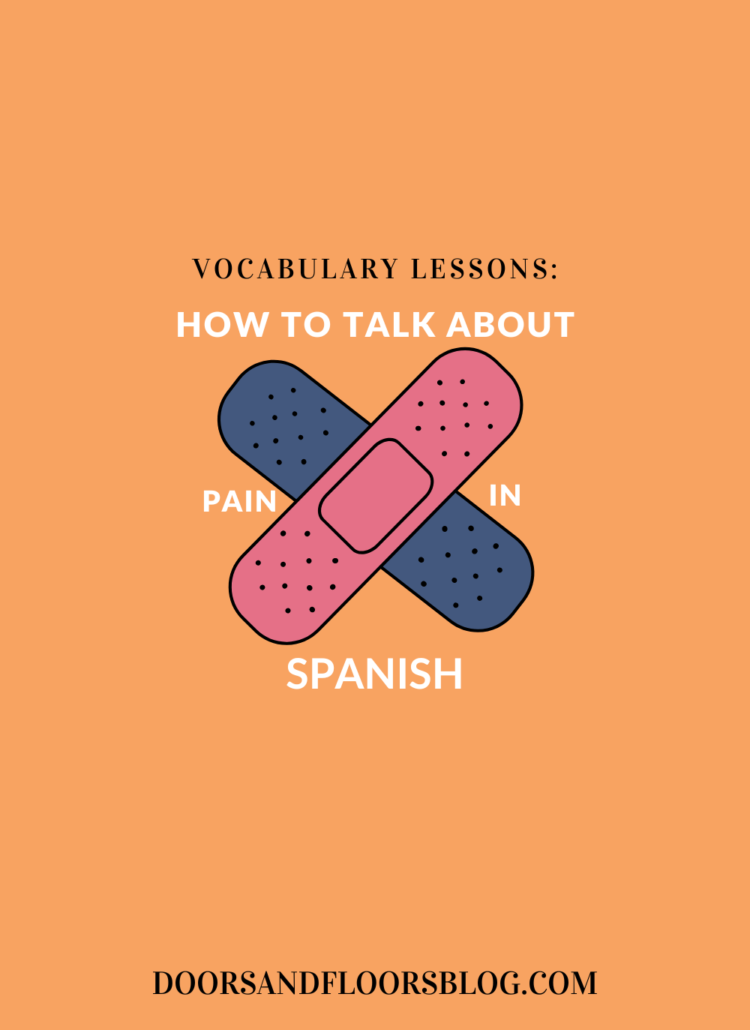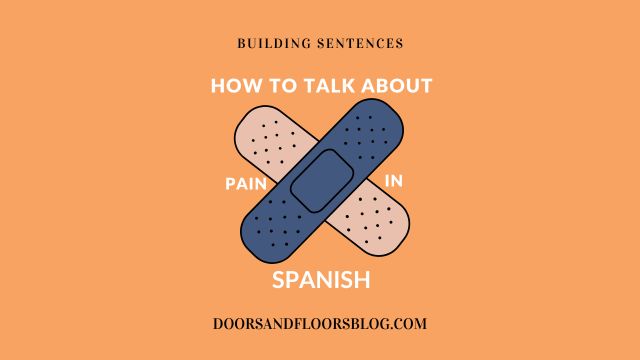
We live in a world that embraces diversity and encourages global connections. Personally, I live across the world from my family but always make an effort to keep my relationships with them always growing. While it’s important to keep relationships with your friends and family growing, it’s also essential to know how to communicate with new friends, grocers, and even doctors, especially if you find yourself in a foreign country and need to communicate a sense of urgency or a need.
In our previous lesson, learning How to Talk About Pain in Spanish: Vocabulary Lessons we first introduced this topic. This need of knowing how to ask for help in another language, at the least, and learning how to express what our pain is and where it’s located. Today, we’ll be talking about a handful of ways you can build sentences in Spanish.
The Importance of Learning Some Sentences

If you’re working on learning Spanish right now and/or are planning on doing some traveling to a foreign country that speaks predominately Spanish, learning a handful of sentences – if not more! – is incredibly valuable.
Think about this, if you have a headache and need to buy some ibuprofen in a foreign country, and medicine isn’t sold over the counter at the local grocery store, how are you going to express your need to the lady at the pharmacy well enough that she sells you the pain relief you’re asking for? That’s more minor, of course, but what happens if something worse happens? What happens in the event of a broken limb or stolen luggage (those two totally shouldn’t be in the same sentence together)? How do you communicate then, in your time of need, that you need help?
Think you won’t run into any of these problems? Check out our post about Experiencing A Different Quality Of Chronic Pain Life Abroad where we talked about some of the struggles of getting medicine for headaches and bug bites. They won’t let you buy it if you can’t describe your symptoms and your need.
If you’re like me and traveling with a chronic pain condition, that’s just one more reason why at least learning a few Spanish words is valuable and is the perfect start to building sentences in Spanish.
Building Sentences In Spanish

In the previous post where we learned How To Talk About Pain In Spanish, we learned some vocabulary words to give us a boost right from the start. Learning words like:
- Dolor – Pain
- Punzante – Stabbing
- Constante – Constant
We also learned a few sentences:
- Me duele aquí – It hurts here.
- Me duele al moverme – It hurts when I move
Now let’s take it one step further and build some bigger sentences.
My Biggest Tip

My biggest tip to help you when you’re building sentences in Spanish is to remind yourself that you probably already know most of the words you might need for the sentence.
For example, if I wanted to ask for a doctor or where the hospital was, I could say either of the following two sentences:
- Dónde está el hospital más cercano? – Where is the nearest hospital?
- Necesito ver a un médico – I need to see a doctor.
I understand if these sentences look a little intimidating right from the start, but I would encourage you to stop and breathe for a second. Yeah, I know, you’re in the middle of an emergency and all, but instead of freaking out about not knowing how to communicate your need to the fast-talking man who doesn’t speak your language. Pause for a second and reflect on what Spanish you do know.
In this post, we go over 10 Spanish Questions/Phrases You Need to Know, where we teach you words like:
- A que te dedicas? – What do you do for work?
- De donde eres? – Where are you from?
And how to say:
- Como se dice… – How do you say…
Pulling from these previously learned sentences I know that “where” is “donde” and “what” is “que.” I can use these when I’m building sentences in Spanish and am trying to communicate my need.
For the record, you do not have to know how to speak Spanish perfectly and elegantly before actually speaking it. That’s a common lie the embarrassment gene inside of all of us tells us.
It whispers, “Don’t speak up, what if they think we sound stupid?!”
But like…hey, if you don’t practice you will never improve. You can do this!
Don’t Let Your Brain Intimidate You
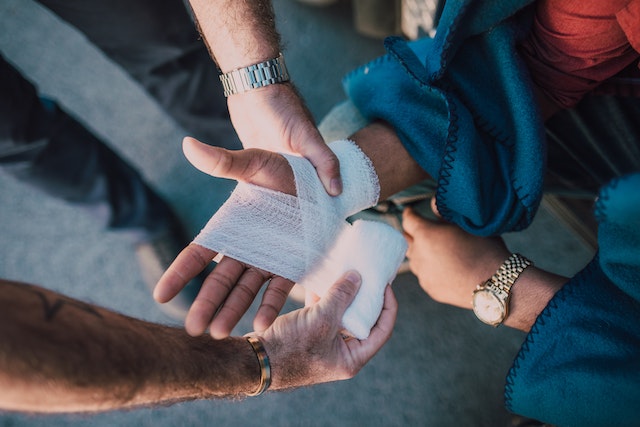
It’s intimidating when you think about maybe having to communicate in an emergency, or when trying to buy groceries in a foreign language. That little voice from within whispers that oh my gosh, it might be the end of the world!
But no! Don’t let your brain intimidate you! You have the power of donde and que! You’re unstoppable! …Trying not to add a “but” anywhere in that sentence…
With these two words, and all the vocabulary words about pain that we learned last time, we’ll undoubtedly be building sentences in Spanish about pain in no time.
For example, with donde and que, we can piece together sentences like:
- Dónde está el hospital? – Where is the hospital?
- Dónde puedo encontrar un médico? – Where can I find a doctor?
- Dónde puedo comprar medicamentos para el dolor? – Where can I buy pain medication?
- Tiene algún medicamento para el dolor? – Do you have any pain medication?
In our post 12 Ways To Improve Language Learning we told you that one of the best tips is honestly to just really listen in conversations. Because there are quite a few words in Spanish that sound like the English version, and “hospital” is one of them!
Also, if you don’t really know your directions in Spanish, try to get the person you’re asking for help to point and gesture.
Questions You Might Hear Back

Once you get medical attention, you’ll also need to know what sentences to listen for.
Step One is finding a doctor. Step Two is communicating with that doctor.
Since you obviously read the previous post, you already know how to say where the pain is and whether it’s a stabbing or intense pain. But what you may not know, are what sentences to listen for. Here are a few sentences you might hear when you talk to the doctor or pharmacist.
- Qué te duele? – What hurts you?
- Dónde te duele? – Where does it hurt?
- Qué tipo de dolor sientes? – What type of pain are you experiencing?
- Dónde se encuentra el dolor? – Where is the pain located?
Listen closely while they speak and don’t be afraid to ask them to slow down or repeat themselves. Think about which words you already know and piece them together in your head to figure out what they’re saying when you’re in the moment. You’ve got this!
Now look at that! At this point, you’re practically fluent in Spanish! Communicating your pains and needs like you run the world. I knew you could do it!
Beyond knowing a language, being able to discuss pain in other languages is an important skill. It opens up pathways to empathy, comprehension, and the capacity to negotiate various healthcare systems around the globe.
I encourage you to start this language-learning journey so that you and I can arm ourselves with the information and language skills we need to express our grief, look for support, and develop deeper relationships. Especially if you have a chronic pain condition or know someone who does!
Looking for more things to learn about chronic pain? Check out these posts! And let me know in the comments if you found this post helpful! What other pain/Spanish content would you like to see next?
- The Beginner’s Guide To Fibromyalgia
- The Intermediate Guide To Fibromyalgia
- The Advanced Guide To Fibromyalgia
P.S. If you’re looking for an activity you can do on a bad flare day and from bed or with your long-distance friends, download our free trivia here.
Playing trivia is a great way to still participate in fun activities with your friends and family without ever leaving the comfort of your bed. And it helps you keep your long-distance relationships growing!
Be sure to check out the free Trivia by clicking here!
